By Tanmay Das
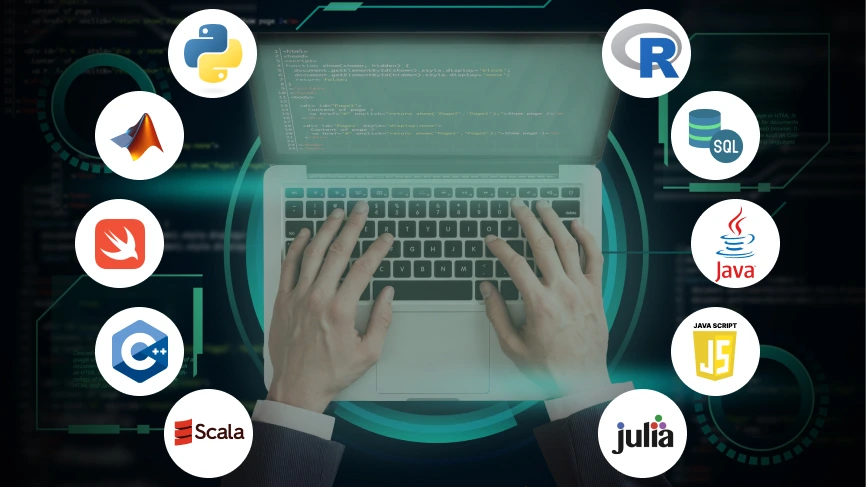
Considering a career in data science but don’t know which data science programming language will be your winning hand in 2025? We are here to illuminate your path by revealing top data Science languages that will propel your career forward. Let’s dive in!
“Data is the new oil.” — Clive Humby.
Undoubtedly, data science is a booming field. In 2022, the BFSI (banking, financial services, and insurance) sector in India had more than 18,000 open positions for data scientists. This figure demonstrates the growing need for data expertise in the country.
Fueled by the soaring demand for data-driven insights, employers are actively recruiting experts with proficiency in the most powerful tools like Python, R, SQL, etc.
However, the data science domain is shifting constantly and the job market is becoming increasingly competitive. Here, your toolkit defines your potential and builds your data science career.
In this blog, we have unveiled the top 10 data science programming languages you need to break into this prospering field and stay relevant in 2025 and the years to come.
Data science languages refer to specific programming languages that data scientists use to perform a wide range of tasks, from data analysis, and manipulation to modelling and more. Several institutes are offering data science courses in Kolkata, you need to choose according to your career goals.
Data science programming languages are essential tools that enable data scientists to interact with the data sets and extract meaningful insights from them.
The essential elements of data scientist languages are as follows:
| Data Science Programming Languages
(Common Examples) |
Purpose | Key Capabilities |
| Python, R, SQL, Java, Scala, JavaScript, Swift, Java, etc. | Enables data scientists to write instructions for computers to analyse, process, and visualise data. | Data Manipulation: Clean, transform, and organise data. Handles numerous data formats including JSON, CSV, etc. |
| Streamlines the development of algorithms for AI (artificial intelligence) and ML (machine learning). | Machine Learning: Developing and training machine learning algorithms and implementing deep learning models. | |
| Automate data-related tasks to make workflows more efficient. | Statistical Analysis: Carrying statistical tests and calculations and building statistical models. | |
| Data visualisation: Creating graphs, charts, and other visual representations of data. | ||
| Data interaction: Running queries and managing database. |
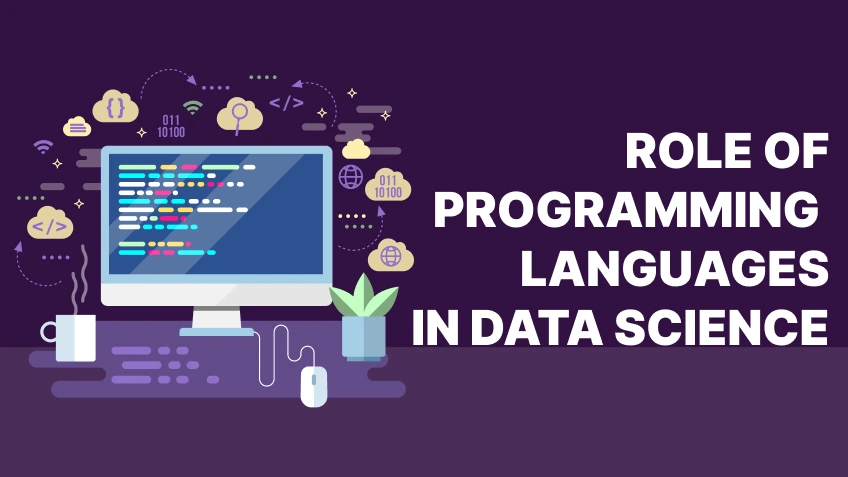
Data science programming languages are fundamental to data science productivity. They enable data scientists to efficiently store, manipulate, and analyse data.
Machine learning, geospatial analysis, automation, and other data science domains require strong programming skills for tasks, ranging from data extraction to statistical analysis.
Specialised programming languages streamline this process which significantly boosts productivity. From initial data collection to final insights presentation; each requires a specialised set of coding proficiencies. The following points highlight the role of programming languages in data science.
When discussing the best data scientist programming languages, it is vital to understand the ‘top’ choice depends on the task and goals of the data science professional.
However, some programming languages have consistently stood out in the crowd due to their powerful libraries, versatility, and robust community support. Here is a list of top data science languages in 2025 and beyond.
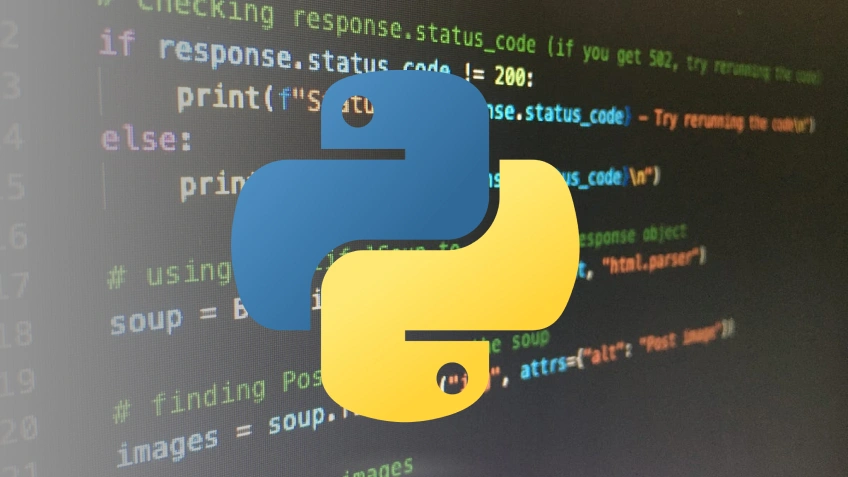
Python is an interpreted, high-level programming language widely known for its versatility, readability, and extensive libraries. Python is among the most used programming languages for data science. There are many reasons to learn Python including the best languages for data scientists.
Key Features of Python:
Applications in Data Science:
Career Opportunities
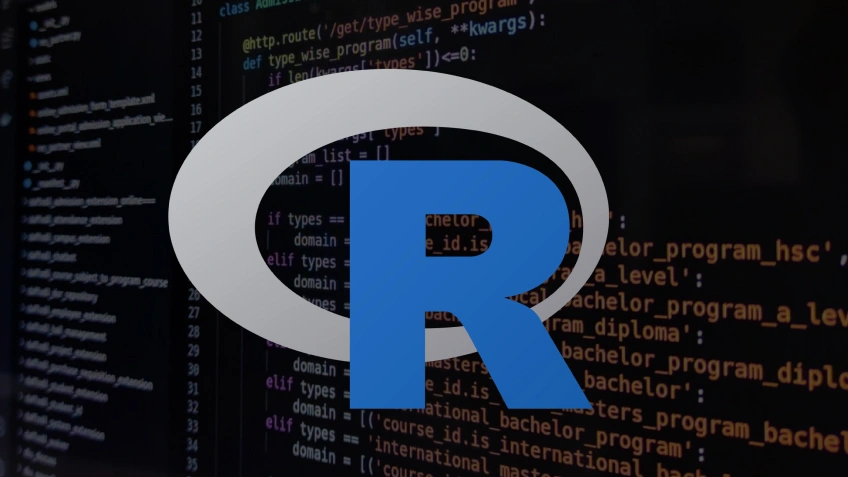
After Python, R is one of the most used programming languages for data science. It is a powerful and versatile tool for statistical computing and graphics. Data science and R programming are closely related as it is used for data visualisation and statistical modelling.
Key Features of R:
Applications in Data Science:
Career Opportunities:
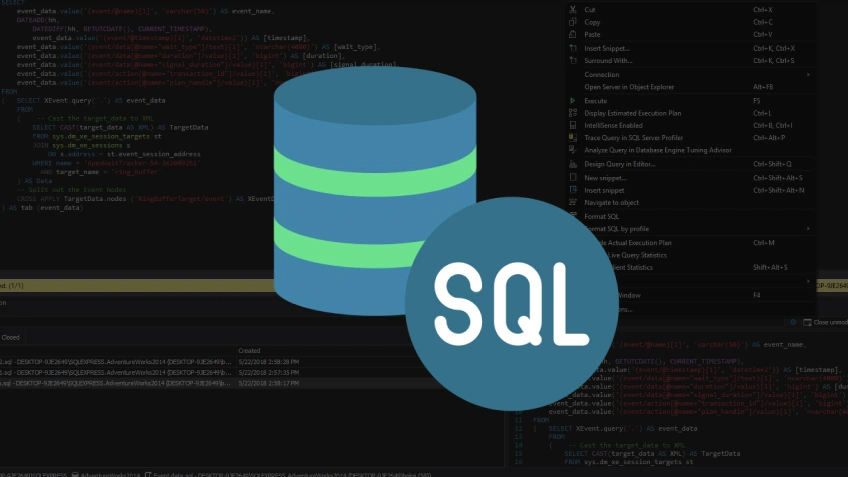
SQL stands for structured query language. It is a domain-specific language used for creating, managing and manipulating relational databases. SQL is among the best languages for data science.
Key Features of SQL:
Applications in Data Science:
Career Opportunities:
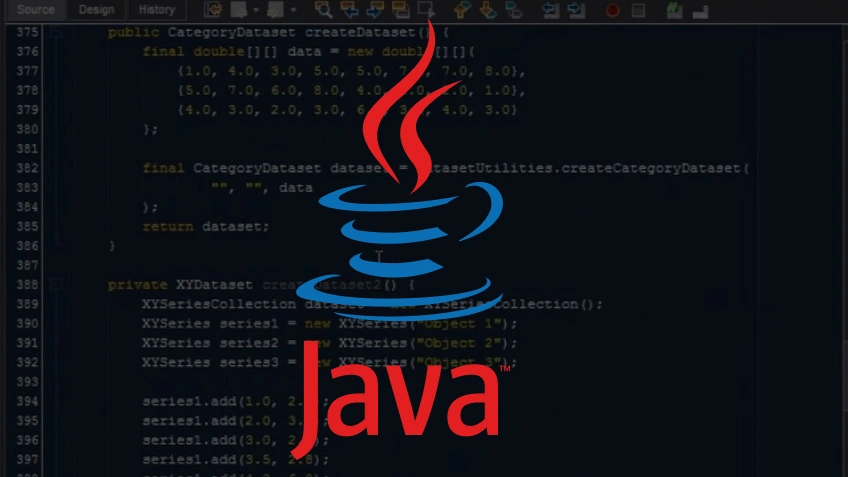
Java is another popular data science programming language used widely by data scientists. This programming language is versatile, object-oriented, and high-level that has been a cornerstone of software development for many years.
Key Features of Java:
Applications in Data Science:
Career Opportunities
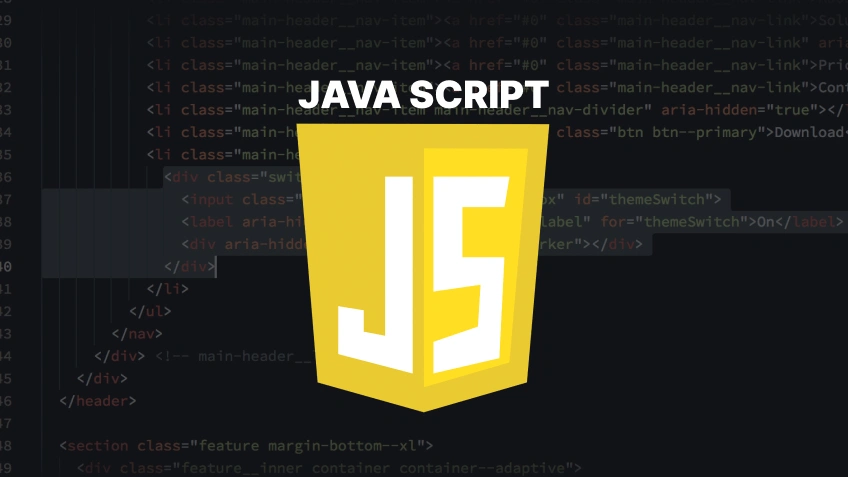
JavaScript is the foundation of modern web development. This interpreted and high-level programming language is primarily used to add interactive and dynamic elements to web pages. This versatile language functions across client (browsers) and server (Node.js) environments.
Key Features of JavaScript:
Applications in Data Science:
Career Opportunities:
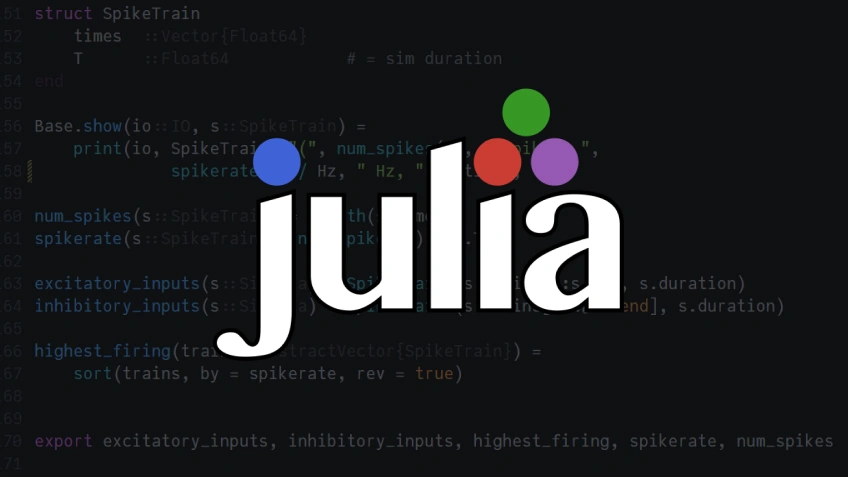
Julia is another popular programming language to learn for data science. It is a high-performance and high-level programming language specifically designed for computational science and numerical analysis. It offers the programmer-friendly experience of Python without sacrificing the high performance of C/Fortran.
Key Features of Julia:
Applications in Data Science:
Career Opportunities:
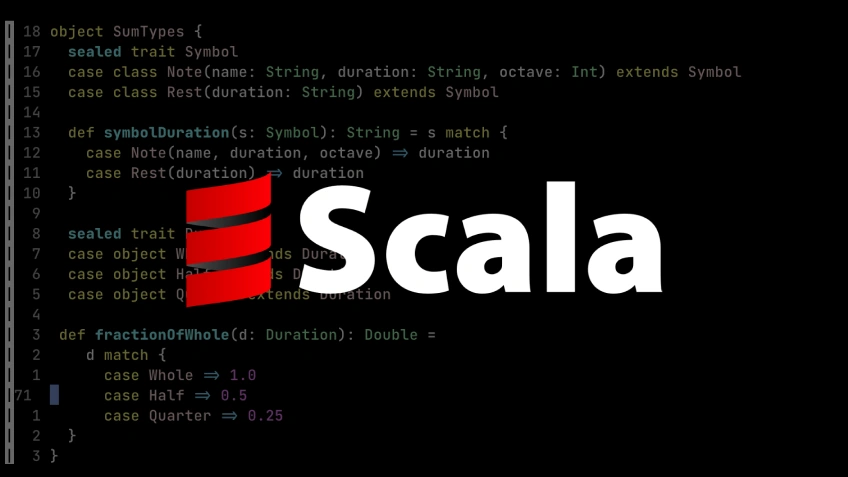
Scala is a general-purpose programming language running on the JVM. It blends functional and object-oriented programming models. This programming language is scalable, concise, and expressive, making it suitable for a range of applications, from web development to big data processing.
Key Features of Scala:
Applications in Data Science:
Career Opportunities:
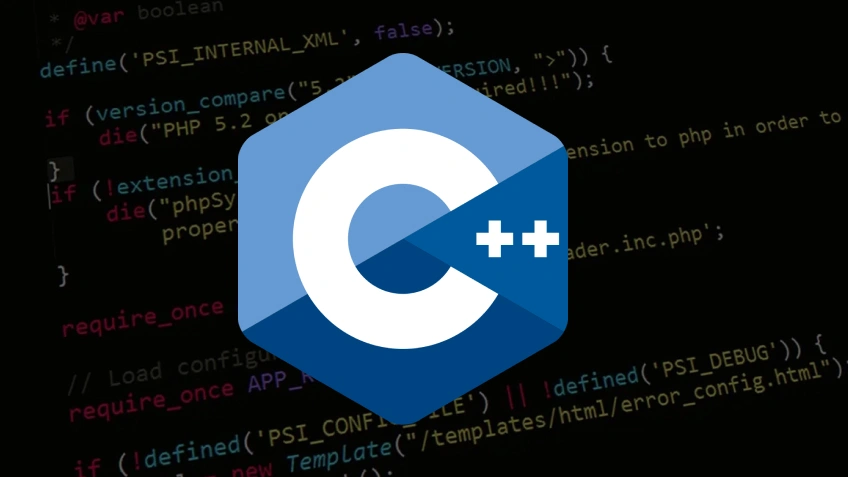
C++ is one of the oldest and foundational programming languages. Developed in the early ’80s, this programming language is an extension of C that adds OOP capabilities.
Key Features of C++:
Applications in Data Science:
Career Opportunities
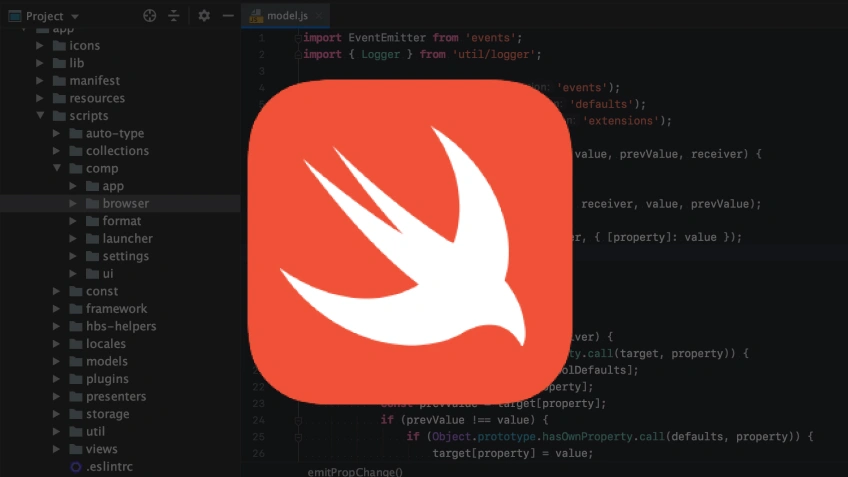
Swift is an intuitive and powerful programming language developed by Apple Inc. This programming language is fast, safe, and expressive which makes it ideal for a range of applications. It is increasingly used for data science and server-side development.
Key Features of Swift:
Applications in Data Science:
Career Opportunities:
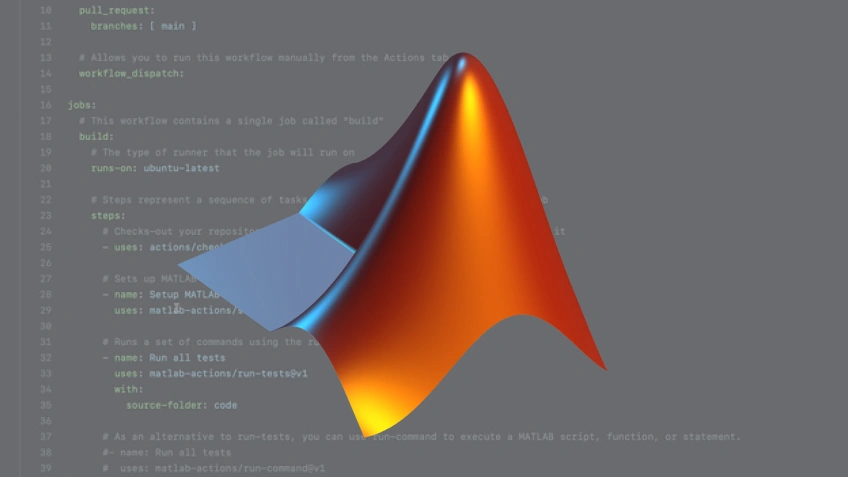
MATLAB or Matrix Laboratory is a high-level programming language widely used by scientists and engineers for data analysis, numerical computation, simulation, and algorithm development. Developed by MathWorks, this programming language is ideal for mathematical computations.
Key Features of MATLAB:
Applications in Data Science:
Career Opportunities:
So, this was our handpicked list of top data science languages in 2025. While these programming languages build a strong foundation, the ‘best’ choice depends on your career goals, interests, and skills.
With a growing demand for data scientists, investing in any of the above language proficiency can elevate your career.
Whether you are embarking on a data science career journey or a seasoned professional, make sure you stay abreast with the latest developments in the field.
Remember!
“The best way to learn data science is to do data science”–Chanin Nantasenamat
So, don’t get left behind, start learning today.
Enrol in full stack data science course in Kolkata with AI & ML and become a highly sought-after expert who commands high salaries in a top-tiered tech company.
What is the best programming language for beginners in data science?
Python for data science is widely recommended. Due to its simplicity, extensive libraries, and large community support, Python is easy to learn, and apply and is among the most used programming languages for data science.
Should I learn Python or Java first?
For data science, Python is more preferred and widely used than Java. Due to ease of use and data-centric libraries, Python for data science is preferred whereas Java is leveraged for more general purposes. Python program is the best way to learn Python for data science.
How long does it take to become proficient in data science?
Acquiring proficiency in data science can take a few weeks to several months, depending on your coding skills, dedication, and practice.
Can a non-technical person become a data scientist?
Yes, with solid understanding and practical projects, even a non-technical person can learn data science programming and analytical skills.
How long does it take to become proficient in a data science programming language?
A basic understanding of data science programming languages can be acquired in a few months. However, mastering data science programming languages requires consistent practice and hands-on experience.
Why is coding required in data science?
Yes, coding allows data analysis, manipulation, and automation. These tasks are crucial for extracting valuable insights and building models from data sets.
Which programming languages are essential for big data projects?
Python, Java, and Scala are widely used for big data projects. These along with R is one of the best programming languages for data science.
Can I transition to data science if I come from a non-technical background?
Yes, through dedicated learning and a practical-focussed full stack data science course with AI & ML, you can transit into this field. You need to build a strong foundation in statistics and programming for data science.
Which programming language is ideal for data science: Python or R?
Although both programming languages are considered ideal, Python for data science is mostly favoured due to its broader applications and versatility. As far as data science R language is concerned, it excels in statistical analysis and visualisation.
How many programming languages should I learn for data science?
Python for data science is a great starting point. Additionally, learning R and SQL can enhance your capabilities.